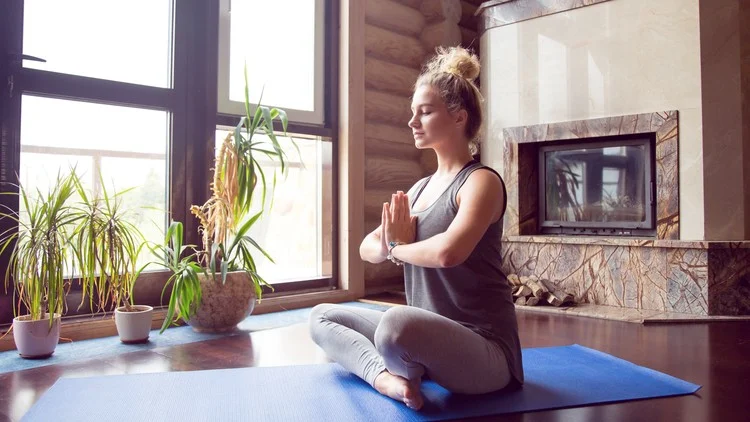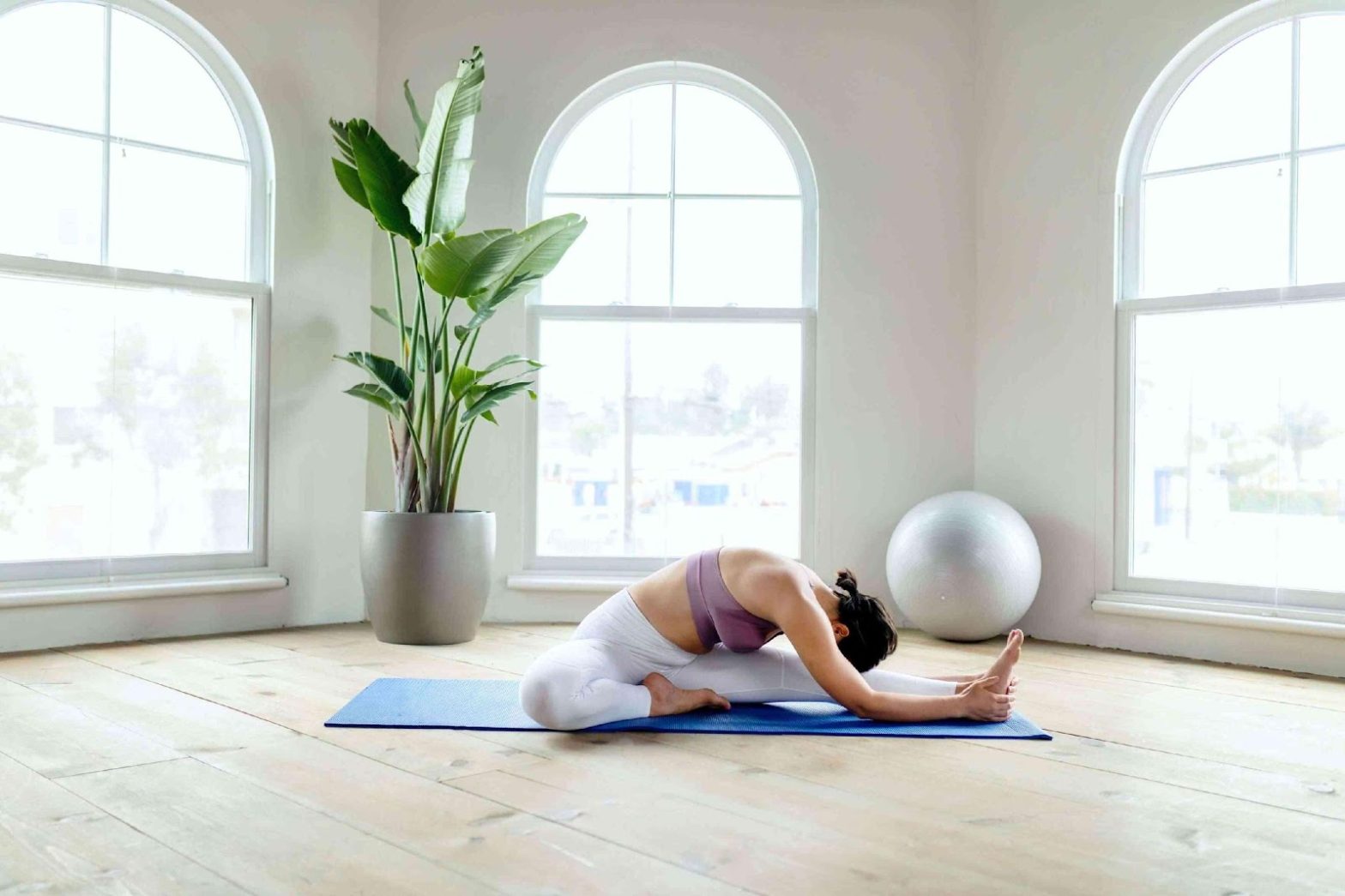In our fast-paced world, finding moments of peace can feel impossible. Yet, mindfulness—the practice of being fully present and aware—offers a powerful antidote to stress, anxiety, and mental overwhelm. Mindfulness exercises for beginners don’t require years of training or hours of meditation. Instead, these simple, accessible techniques can be practiced anywhere, anytime, making them perfect for busy lifestyles.
Research shows that even short mindfulness sessions can activate your parasympathetic nervous system, promoting relaxation and helping you regain control when life feels chaotic. Whether you’re seeking stress relief, improved focus, or greater emotional balance, these beginner-friendly practices will help you cultivate a more mindful, centered approach to daily living. The journey to mindfulness starts with a single breath—let’s explore how you can begin transforming your life today.
Getting Started: The Foundation of Mindful Practice
Setting Your Intention and Goals
Before looking into specific exercises, it’s crucial to establish your mindfulness foundation. Start by setting a clear intention for your practice—whether it’s reducing anxiety, improving focus, or simply finding more peace in your day. Write down your goals to stay motivated and track your progress over time.
Begin small and be consistent. Just as you wouldn’t run a marathon on your first day of training, mindfulness requires gradual development. Start with just 5 minutes daily, gradually increasing as you become more comfortable with the practice.
Creating Your Practice Space
Find a quiet, comfortable space where you won’t be interrupted. This could be a corner of your bedroom, a peaceful spot in your garden, or even your office chair. The key is consistency—using the same space helps signal to your brain that it’s time to be mindful.
Essential Breathing Techniques
Two-Minute Mindful Breathing
This foundational exercise is perfect for beginners and can be done anywhere. Sit comfortably and close your eyes or soften your gaze. Take slow, deep breaths through your nose, then exhale slowly through your mouth as if blowing out a candle. Focus on extending your exhalation slightly longer than your inhalation. Continue this rhythmic breathing for two minutes, aiming for 5-6 breaths per minute.
Box Breathing
Box breathing is excellent for moments when you’re waiting or feeling stressed. Visualize a box while breathing: inhale for 4 counts (top edge), hold for 4 counts (right side), exhale for 4 counts (bottom edge), and hold for 4 counts (left side). Repeat this cycle for at least one minute.
Body Awareness Practices

Mini Body Scan
The body scan technique helps you connect with physical sensations and is perfect for those who find sitting still challenging. Stand upright and focus on your breath for a few moments. Plant your feet firmly and feel their connection to the ground. Slowly shift your weight right, left, forward, and backward, staying present with each movement.
Full Body Scan Meditation
For a more comprehensive practice, try a complete body scan. Lie down comfortably and close your eyes. Starting from your toes, slowly move your attention up through each part of your body—legs, torso, arms, and head. Notice any sensations, tension, or relaxation without trying to change anything.
Mindful Daily Activities
Mindful Eating
Transform mealtime into a mindfulness practice by choosing a small piece of food like a raisin or a piece of chocolate. Examine it closely, and notice its texture, smell, and appearance. Eat it slowly, paying attention to taste, texture, and how your body responds.
Walking Meditation
Mindful walking can be practiced anywhere, from your kitchen to your car. Pay attention to each step, notice how many steps you take during each breath, and match your steps to your breathing rhythm. Let your lungs and feet find a comfortable equilibrium.
Doorway Mindfulness
Use doorways as mindfulness cues. Before walking through any door, pause and take one conscious breath. Notice the differences between the spaces you’re leaving and entering, and be mindful of how you close the door behind you.
Quick One-Minute Practices
The “Just Sit” Technique
This cornerstone practice can be done in just one minute. Sit upright with your feet flat on the ground, place your hands in a balanced position, and close your eyes. Focus on your breathing, following each breath in and out. After one minute, gradually open your eyes and resume your activities.
Mindful Listening
Close your eyes and focus on the sounds around you without judging or labeling them. Simply notice distant and nearby sounds as they are, allowing this practice to anchor you in the present moment.
Building Your Mindfulness Routine
Daily Integration Tips
Consistency matters more than duration. Research suggests that regular short meditations can provide similar benefits to longer, more intensive practices. Choose a specific time each day—perhaps first thing in the morning or during your lunch break—to practice mindfulness.
Tracking Your Progress
Consider keeping a mindfulness journal to reflect on your experiences and notice changes in your mood or perspective. Many practitioners find that tracking their practice helps maintain motivation and reveals subtle improvements over time.

